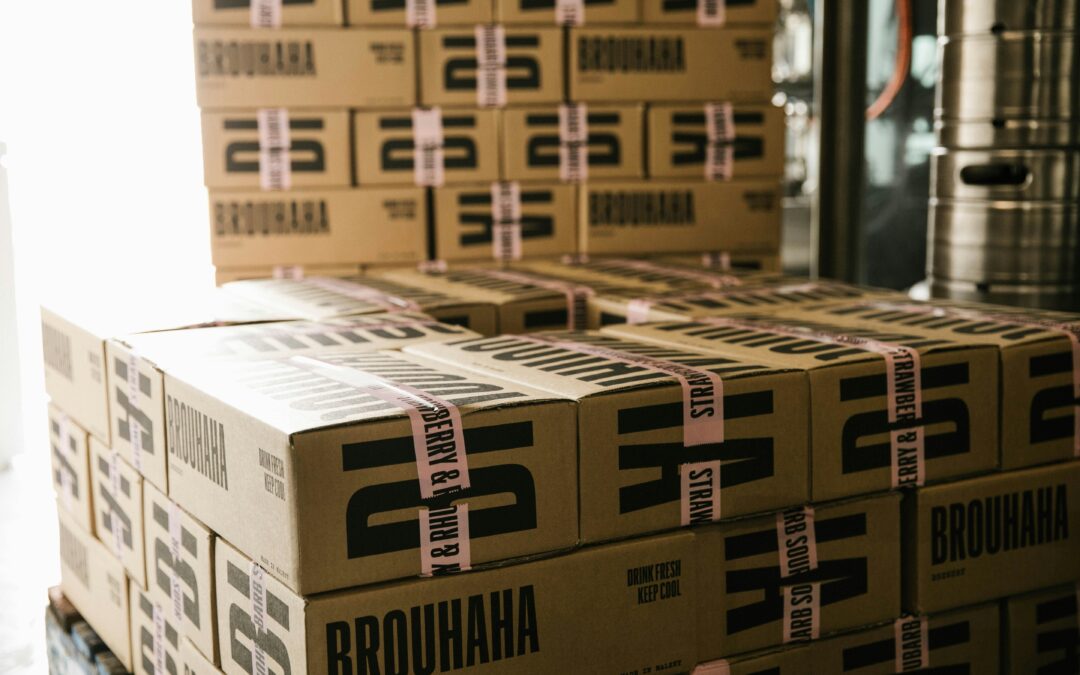In the realm of cold chain logistics, where maintaining product quality is critical, pallets play an indispensable role. These humble platforms are essential for transporting perishable goods like pharmaceuticals, fresh produce, and frozen foods, ensuring they remain at the required temperatures throughout the supply chain. This article explores the vital role of wood pallets in Orange County in cold chain logistics and how they help maintain both integrity and efficiency.
Ensuring Temperature Control
Importance of Pallets in Temperature Regulation
Pallets are fundamental in cold chain logistics because they support effective temperature control. By facilitating airflow around the products, pallets help maintain consistent temperatures within refrigerated trucks, storage facilities, and distribution centers.
– **Air Circulation**: Properly spaced pallets allow cold air to circulate around the products, ensuring even cooling and preventing hot spots that could compromise product quality.
– **Insulation**: Some pallets are designed with insulating materials to further protect sensitive goods from temperature fluctuations during transit.
Materials and Design
The choice of pallet material is crucial in cold chain logistics. Wooden pallets, plastic pallets, and metal pallets each have unique properties that can affect temperature control and hygiene.
– **Plastic Pallets**: Preferred for their durability and resistance to moisture, plastic pallets do not absorb liquids, making them ideal for maintaining hygiene in cold storage.
– **Wooden Pallets**: While cost-effective, wooden pallets can absorb moisture and harbor bacteria, posing a risk to hygiene standards. However, treated wood can mitigate some of these issues.
– **Metal Pallets**: Highly durable and excellent for heavy loads, metal pallets can also be used in cold chain logistics but may require additional insulation.
Enhancing Operational Efficiency
Streamlining Handling and Transportation
Pallets contribute significantly to the efficiency of handling and transportation in cold chain logistics. They enable easy movement of goods using forklifts and pallet jacks, reducing manual labor and speeding up the loading and unloading processes.
– **Standardization**: Using standardized pallet sizes ensures compatibility with various handling equipment and storage systems, optimizing space utilization and operational workflows.
– **Stackability**: Pallets are designed to be easily stackable, allowing for efficient use of vertical space in storage facilities and during transportation.
Reducing Damage and Waste
By providing a stable base for goods, pallets help minimize the risk of damage during transit. This stability is particularly important for perishable items that can easily be spoiled if mishandled.
– **Protection**: The robust design of pallets protects goods from impact and compression damage.
– **Waste Reduction**: By preventing product damage, pallets help reduce waste, which is especially critical in cold chain logistics where product spoilage can be costly.
Innovations in Pallet Technology
Smart Pallets
The advent of smart pallets equipped with tracking and monitoring technology is revolutionizing cold chain logistics. These pallets can provide real-time data on location, temperature, and humidity, ensuring that perishable goods are transported under optimal conditions.
– **Real-Time Monitoring**: Sensors embedded in smart pallets allow for continuous monitoring of environmental conditions, alerting logistics managers to any deviations that could affect product quality.
– **Data Analytics**: The data collected by smart pallets can be analyzed to optimize routes, improve handling procedures, and enhance overall supply chain efficiency.
Eco-Friendly Pallets
Sustainability is becoming increasingly important in logistics, and eco-friendly pallets made from recycled materials or designed for multiple uses are gaining traction.
– **Recyclable Materials**: Pallets made from recycled plastics or biodegradable materials contribute to reducing the environmental impact of logistics operations.
– **Durability**: Eco-friendly pallets are designed for longevity, reducing the need for frequent replacements and contributing to cost savings over time.
Conclusion
Pallets are the backbone of cold chain logistics, ensuring that perishable goods are transported and stored under the right conditions to maintain their quality and safety. By supporting effective temperature control, enhancing operational efficiency, and reducing waste, pallets play a crucial role in the supply chain. Innovations like smart pallets and eco-friendly materials are further enhancing their value, making them indispensable tools in the efficient and sustainable transport of temperature-sensitive goods.

